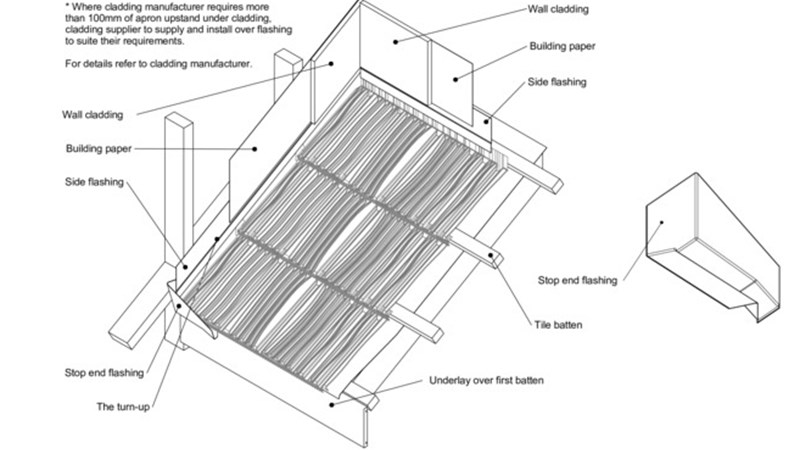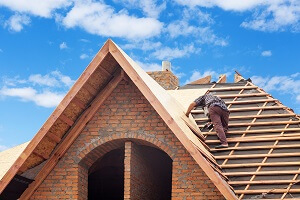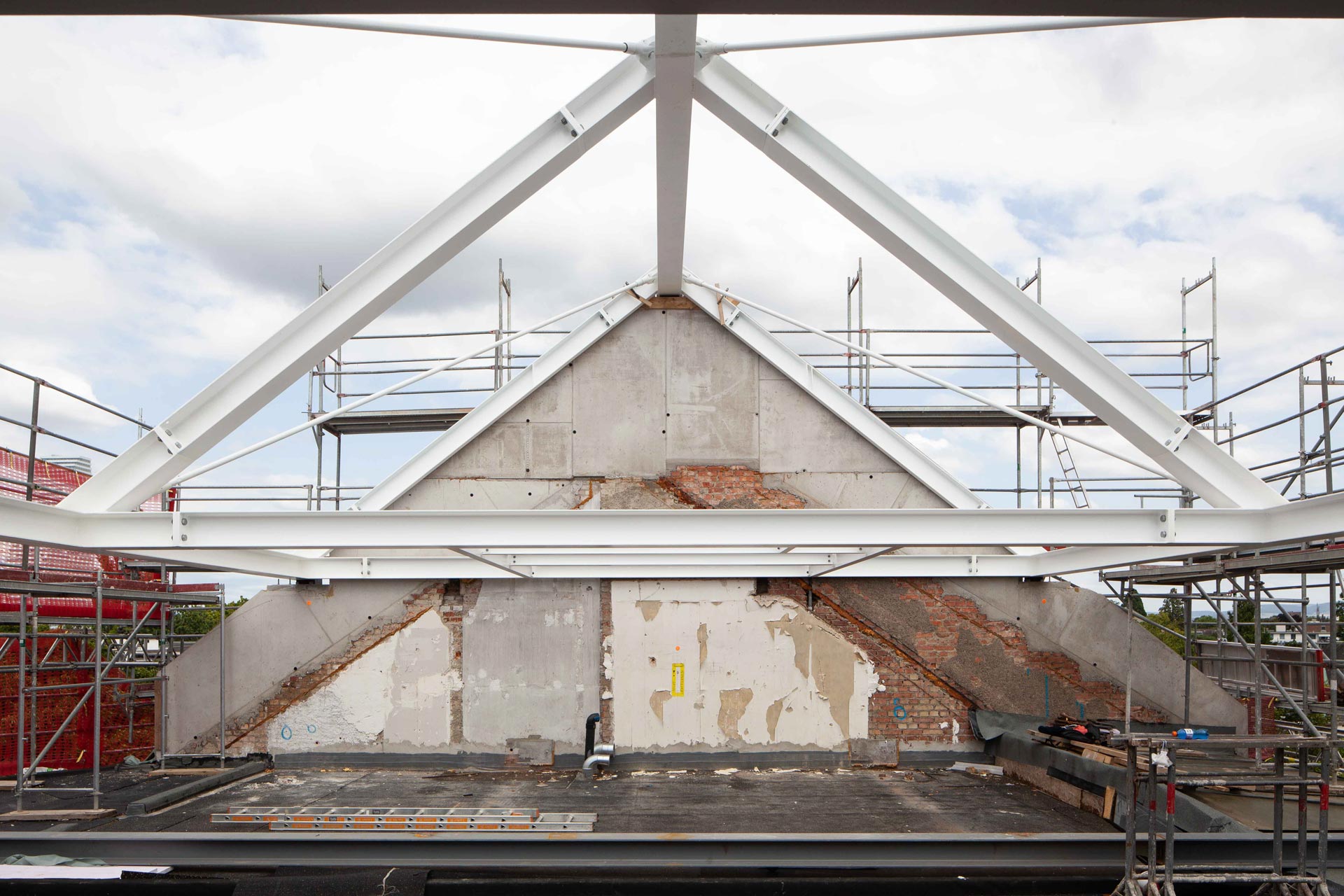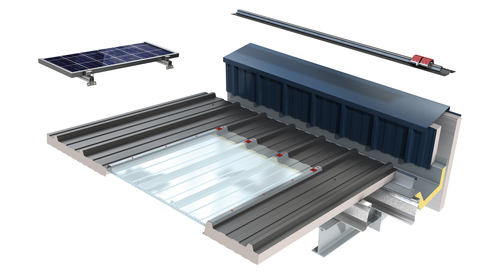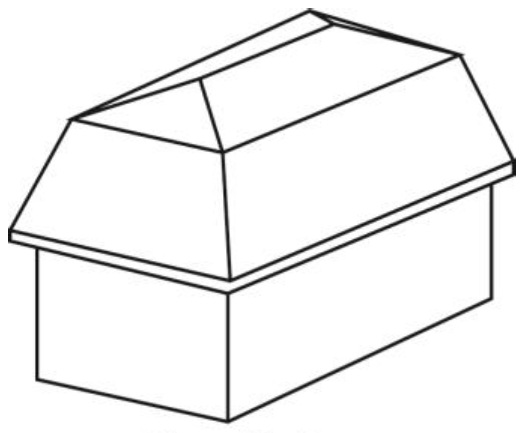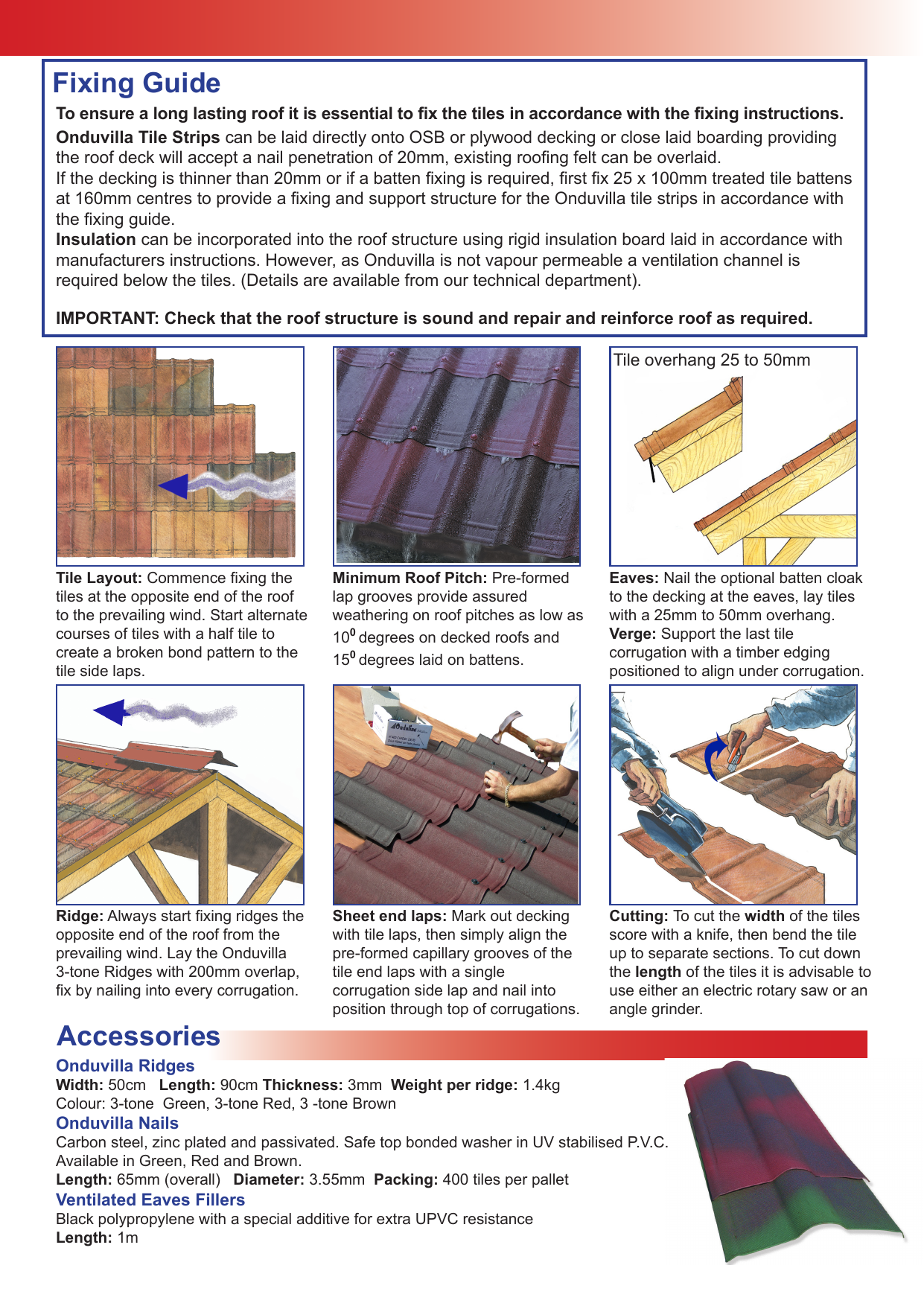Minimum Roof Verge Overhang

They also help to frame windows on upper stories.
Minimum roof verge overhang. Copper is a sturdy metal that gives a roof a unique look. Eaves form the overhang to distribute water clear of the walls. Overhangs are common in most house designs providing protection against both wind and rain. That is their functional purpose.
The length of the overhang depends primarily on the climate. The edge of the shingles should hang over a roof between an inch and an inch and a half or between a half inch and three quarters of an inch if drip edge flashing is installed. An eave is the edge of the roof that overhangs the face of a wall and normally projects beyond the side of a building. Too little can allow water to seep into rake or fascia boards.
Eaves with over fascia ventilation set top of fascia board at correct level and fit ventilator in accordance with manufacturers recommendations. Some slight overhang is recommended in conjunction with a drip edge flashing to prevent water from getting under the roofing and onto underlying wood. Roof overhangs are the amount that the roof hangs over the top of the siding in residential home construction. A typical metal roof overhang may be 2 to 4 inches or even less.
Minimum 24 gauge steel is preferable so that the drip edge can withstand strong winds. B where the roof overhang exceeds 900 mm measured along the roof slope from the edge of the roof to the inner face of the exterior wall c on roofs of asphalt shingles installed in accordance with subsection 9 26 8 d on roofs with slopes of 1 in 1 5 or greater or e in regions with 3 500 or fewer degree days. Metal is usually installed on rafters or strip sheathing rather than the solid decking used under other materials. The siding underneath the overhang is known as the soffit.
The following illustrations and text explain the common design details using eaves and verges that can occur on refurbishment and new work. If a sprocketted.















